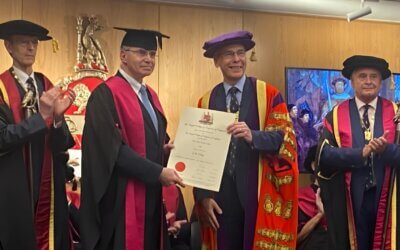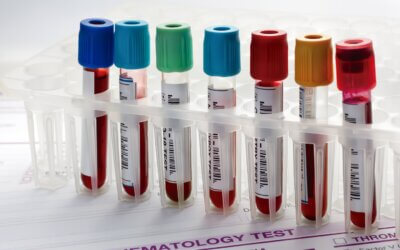Acute Aortic Syndrome (AAS) is a critical condition characterised by severe chest, back or abdominal pain, often leading to delayed or missed diagnoses in emergency settings. The Diagnosis of Acute Aortic Syndrome in the Emergency Department (DAShED) study, led by Rachel McLatchie, Matthew J Reed, and their team, highlights the diagnostic challenges and performance of clinical decision tools in identifying AAS among patients presenting with related symptoms in emergency departments (EDs).
DAShED Overview
Conducted across 27 UK EDs from 26 September to 30 November 2022, this multicentre observational cohort study evaluated adults exhibiting symptoms potentially indicative of AAS, including chest pain, syncope, and symptoms related to malperfusion. The approach combined prospective and retrospective patient recruitment, with an emphasis on anonymised, routinely collected patient data and clinician assessments.
- Low Incidence of AAS: The study revealed that only 3 out of every 1000 patients presenting with potential symptoms of aortic dissection had the condition.
- CTA Scan Utilisation: Despite being the definitive diagnostic tool, computed tomographic angiography (CTA) scans are costly and expose patients to radiation. The study highlights the need for reasonable use of CTA.
- High Rate of CTA with Low Positivity: Out of 1000 patients showing potential AAS symptoms, 74 underwent CTA, yet only 2.9% of these scans confirmed the condition.
- Unexpected AAS Cases: In two instances, AAS was initially deemed ‘not possible’ by clinicians but was later confirmed, pointing towards the complexity of diagnosing this condition.
- Diagnosis Delays: A significant delay in diagnosis was noted, with one-third of the patients with proven AAS not being diagnosed until over 24 hours after arrival in the ED, underscoring the challenge of timely identification of this serious condition.
Key Findings
Out of 5548 patients (median age 55), only 0.3% (14 patients) were confirmed to have AAS. Interestingly, in cases where ED clinicians considered AAS a possibility, the actual occurrence was 1.0%. The likelihood increased to 3.4% when AAS was deemed the most likely diagnosis. Surprisingly, 0.06% of patients not considered at risk of AAS were later found to have the condition. The study also revealed that 10% of patients underwent CT scans, with 7% specifically receiving CT aorta angiograms (CTA).
Conclusions and Implications
The DAShED study highlights the rarity of AAS among patients presenting with potential symptoms. Although a significant proportion underwent CTA, the actual incidence of AAS was relatively low. The study underscores the effectiveness of clinical judgement, combined with CDTs, in diagnosing AAS. However, the need for further prospective studies, including the evaluation of D-dimer roles, remains essential.
This study stands out as a particularly important piece of work, focusing on the true undifferentiated population of Emergency Department patients. In this group, Emergency Physicians are often tasked with the challenge of considering Acute Aortic Syndrome including aortic dissection – a complex and critical task. Notably, this specific patient population has never been studied in such depth before.
The findings and methodology of the DAShED study set a new benchmark in emergency medicine research, emphasising the importance of targeted and thorough investigation in the diagnosis of life-threatening conditions within diverse and undifferentiated patient populations.
Contact Information
For more details on the DAShED study, reach out to Professor Matthew J Reed at the Emergency Medicine Research Group Edinburgh (EMERGE), Royal Infirmary of Edinburgh, Edinburgh, EH16 4SA, UK.
Reference: McLatchie R, Reed MJ, Freeman N, Parker RA, Wilson S, Goodacre S, Cowan A, Boyle J, Clarke B, Clarke E, et al. on behalf of the DAShED investigators. Diagnosis of Acute Aortic Syndrome in the Emergency Department (DAShED) study: an observational cohort study of people attending the emergency department with symptoms consistent with acute aortic syndrome.




